How to bring a country back to life
Have you heard what's happening in Scotland? By The Green Fix.
Something strange is happening. Let me tell you about it.
Lately things are appearing I’ve never seen before. On my walk home yesterday, I saw a giant mural I swear is new. Was that museum always there? When did that café open?
Short streets stretched out before my eyes. And the clocks - they’re all running slow. My calendar is full to the brim with time. And I am suddenly a stranger in my own home.
You see, my world is small. There is me and there is the climate crisis. My fire on dark nights. I have an unholy devotion to telling the apocalyptic climate story of plagues and wildfires, but my greatest revelations have come after I lost faith.
As I slowed down this January, life got bigger. And - the greatest irony of all - more sustainable.
The more Stuff I tried to fit in to create the world I wanted - more work, more emails, more productivity - the further away from it I got.
Rushed and stressed people only read the headlines. We get Amazon deliveries. We go to the shops because borrowing from our neighbour would be ‘super awkward.’ We rely on short-term dopamine rushes to sustain us until we burnout.
When I stopped trying to constantly save time, time started finding me. I’m beginning to see how the world is far vaster than this two-way street of me and the climate crisis. Beginning to see how this tangled web of social and climate victories and tragedies is far more complex than anything we can retweet.
And that to fight for a planet I must let myself become immersed in it. Embrace abundance in its truest sense: outgrowing this political and social system that tells me we do not have enough, outgrowing my own internalised ideas that my impact is measured in my stress levels.
Grow into a new world where we have Enough and we are Enough and say Enough. Enough noise and enough bullshit. Change starts here, on our terms.
***
Help support the Green Fix! If you find this newsletter useful, you can now buy a virtual coffee. You can also help me by sharing it:
What’s Going On?
Over 450 scientists sign letter calling on PR and ad agencies to drop fossil fuel clients.
Related: PR companies are helping fossil fuel companies delay climate action.How a married undercover cop having sex with activists killed a climate movement.
Related: How governments around the world are spying on climate activists.Shell’s massive carbon capture plant is emitting more carbon than it absorbs.
Useful: Shell is actively undermining climate action and lying about it.Coffee, cashew and avocado growers will be ‘seriously affected’ by climate change.
Relevant: How can we improve food supply chain resilience for good?A Zambian park has reversed the national extinction of rhinos.
Relevant: The biodiversity and climate crises must be tackled together.Court revokes oil and gas lease sales in the Gulf of Mexico.
Relevant: Sign the global treaty to phase out fossil fuels.
How to bring a country back to life
By Myriam Gambini, in collaboration with Mossy Earth.
Scotland is famous for its picturesque mountains and charming lochs. But fewer know that vast forests used to cover most of the country. Centuries of ecological degradation have left their mark.
Scotland was once a nucleus of biodiversity. The Great Caledonian forest used to cover most of Scotland. It was brimming complex ecosystems of trees, meadows, wetlands and peat bogs. The capercaillie and wildcat roamed in abundance. Predators such as lynx, wolves and bears roamed, providing balance to the food chain.
[Useful: The Green Fix on biodiversity]
How the trees vanished in Scotland
A combination of factors led to the deterioration of this great forest. Changing temperatures after the last ice age reduced woodland cover as wet and cold weather meant bogs replaced woodland and lowered the natural tree line.
Humans then accelerated the loss with mass deforestation for timber and crops by the 1700s. Besides the loss of biodiversity, these actions also caused soil erosion and acidification.
With less soil stability, Scotland is at risk of severe flooding, which will only get worse as the climate crisis worsens.
This is why rewilding has stepped in to reverse the ecological suffering of the past and work towards a wilder, more resilient Scotland.
[Useful: The Green Fix on rewilding]
The path to bringing nature back
One of the organisations rewilding Scotland is Mossy Earth.
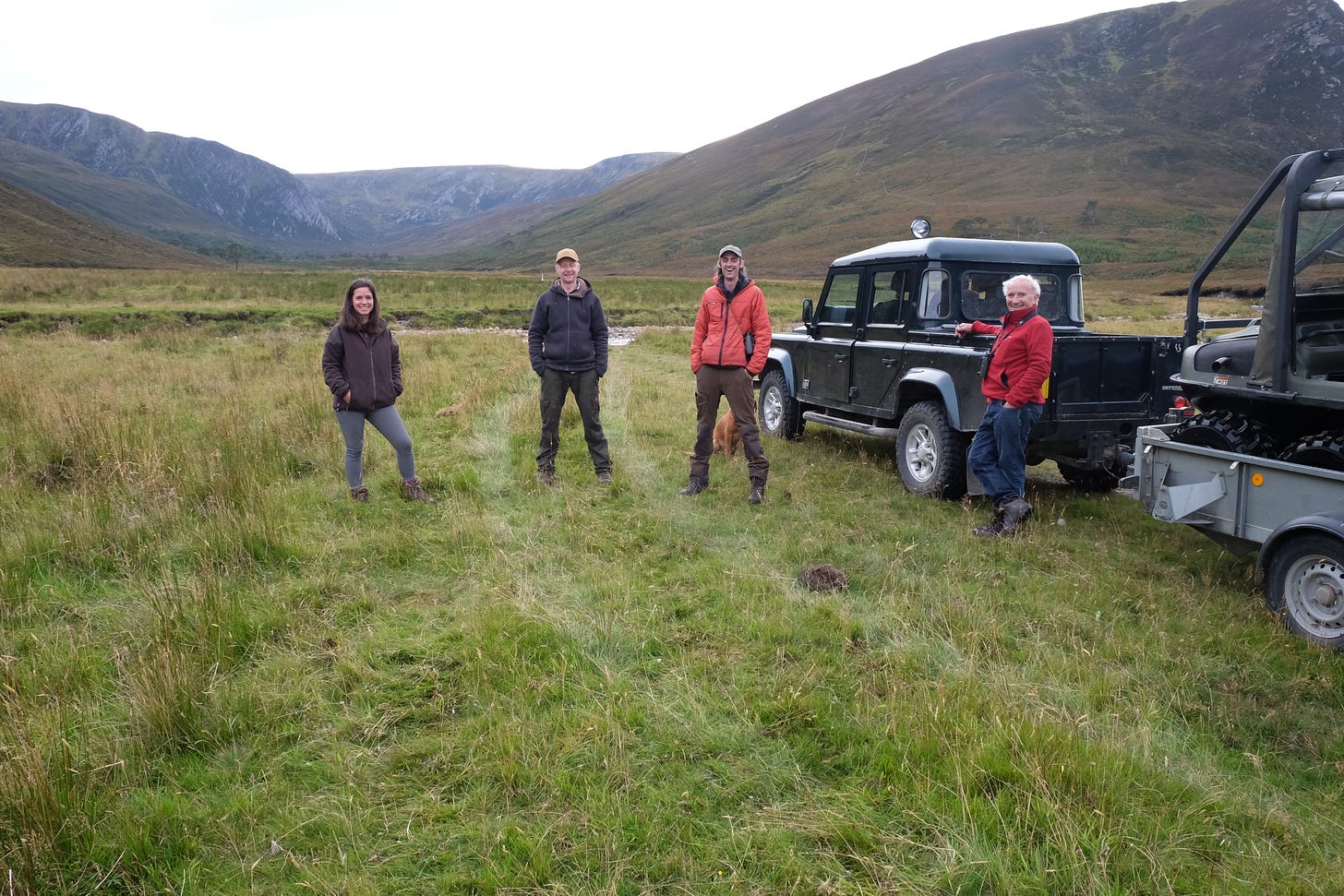
This UK social enterprise is on a mission to restore wild ecosystems, support wildlife and biodiversity, and fight the climate crisis.
For Mossy Earth, rewilding is about restoring biodiversity by re-establishing and reconnecting complex natural processes, while reducing human management over the landscape.
“We’re able to have a big impact on rewilding in Scotland because of our diverse projects and our fantastic partners. By establishing a strong presence here, we’re hoping to make a difference for the future of Scotland’s wilderness.'”
Hannah Kirkland, Conservation Biologist at Mossy Earth
Through the support of their community, Mossy Earth has planted 17,100 native tree species since 2019. Planting trees on the riverbanks will help stabilise soils, add nutrients to the water and reduce water temperatures, which is vital for the conservation of one of Scotland’s most iconic species, the Atlantic salmon.
Using Alladale Wilderness Reserve as a rewilding hub, Mossy Earth have supported projects to build nesting platforms for golden and white-tailed eagles, to radio tag Atlantic Salmon and to monitor the reserve’s wildlife using camera traps.
The rewilding backlash
Getting support for rewilding initiatives is easier said than done.
Many landowners, farmers and politicians worry that rewilding will reintroduce species like large carnivores that could threaten their livelihoods and prey on the local livestock, or that beavers will flood farmland with their dams, and disease will break out.

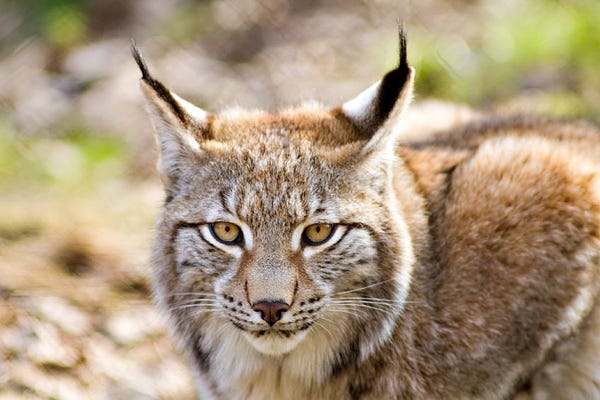
Remarks from Scotland’s Rural Economy Minister, Fergus Ewing on the possible reintroduction of lynx “over my dead body”, show the divided opinions on how to best manage the land.
Despite the distrust some have towards rewilding, according to a recent poll 76% of Scots support large-scale rewilding in Scotland.
[Useful: A beginner’s guide to ecosystem restoration]
Thanks [to rewilding] for all the fish
Mossy Earth focuses on ‘keystone species,’ including the aspen and the Atlantic salmon.
A healthy salmon population keeps a fragile ecosystem thriving. Salmon transport key nutrients from seawater to freshwater. Freshwater pearl mussels develop in their gills and filter the water. Rural communities use fishing for jobs and an income. And at the end of their life, salmon are a food source for waterfowl and eagles.
Their survival is crucial, but increasing water temperatures and natural barriers preventing their migration pose a lethal threat.
Mossy Earth teamed up with a local fishery, Kyle of Sutherland Fisheries Trust to monitor salmon on the River Carron and identify barriers to their migration upstream, including the impacts of a large hydroelectric dam. The results will apply to salmon throughout Scotland’s rivers.
Mossy Earth is also planting trees in the areas close to the river to help prevent increasing water temperatures.
So does all this… work?
After 3 years of work, Mossy Earth’s goals are slowly coming to fruition. Thousands of trees planted are thriving in their new homes.
To be specific, 17,100 trees since 2019, encompassing 45 different species. In time, these trees will provide a habitat for animals like red squirrels, pine martens, crested tits, and rare wildflowers.
“Seeing such a wide variety of wildlife settled at the reserve gives us great inspiration that we are helping restore and protect its beauty. Still, we know the scale of the challenge ahead, and setbacks such as COVID provided unexpected obstacles, but we are determined to persevere and reach our goal of a wilder Scotland.”
The Mossy Earth Team
Their work hasn’t been without challenges.
Covid-19 created delays to fieldwork, which meant results have been pushed back for projects, like the salmon monitoring project.
Restoration timing is also a challenge. It takes many years to detect change in the landscape in rewilding projects. The growing season is so short that trees will take a long time to grow, and even slower will be the return of other species of plants and animals.
“Rewilding and restoration require a long-term vision,” says Hannah. “There are no quick fixes. Organisations like Mossy Earth take a proactive approach and give it a helping hand, for example planting trees rather than waiting for natural regeneration.”
It’s also been difficult to expand partnerships beyond those who share their passion for ecological restoration. Many rural landowners and communities have their own objectives, such as farming or fishing.
Mossy Earth’s ambitions for rewilding branch out to other regions in dire need of restoration. Their impact spans across Europe and beyond in Portugal, Croatia, Romania, Namibia, California, along with other rewilding organisations like Rewilding Argentina.
So what can I do? I don’t even live in Scotland!
There are ways you can get involved in rewilding your local area, wherever you are:
Volunteer or support your local wildlife trust or conservation organisations: Join community initiatives that plant native, non-invasive species and restore local ecosystems to protect biodiversity.
Contact your local representative: Whether it's to push for large-scale rewilding in your area or simply requesting more space for nature, like leaving roadside verges uncut.
Follow and support organisations implementing rewilding initiatives: for example, becoming a member of organisations like Mossy Earth.
You can follow Mossy Earth on Instagram @mossy.earth, Facebook and by subscribing to their YouTube channel. You can also follow Alladale Wilderness Reserve at Scotland: The Big Picture.
So Now What Do I Do?
LEARN MORE
Stream the new youth-led film ‘COP-out’ on how youth activists feel about COP and climate leadership. Streams on Thursday.
Check out this 2022 reading list put together by Intersectional Environmentalist.
Tune into this free sustainable finance summit by Voiz happening all week.
TRY SOMETHING NEW
Join the free online training on the 10th February on the concepts of the just transition and climate justice by the #StopCambo campaign.
Apply for a free advice session with impact career board 80,000 hours on how to make your career have the greatest positive impact.
Join in Fairtrade’s #Fairbruary campaign by posting about your FairTrade products on social media throughout the month.
CHANGE THE SYSTEM
Save the date! 25th March is the next Global Climate Strike with the theme #PeopleNotProfit.
Join the COP26 Coalition’s hybrid ‘Climate Justice Weekender’ event on the 19th February for brainstorming about climate action in 2022.
Sign the petition calling on banks not to finance a new pipeline in East Africa.
By the way…
Deepculture is a newsletter that sends you 20 interesting things every Tuesday. Make your Tuesdays more interesting with deepculture - your favourite weekly curated list.
The Green Fix is now offering sponsored slots on the newsletter. Rates are on a sliding scale. To discuss, please get in touch at casshebron@gmail.com.
Stay in the loop
You can connect with me on Instagram, Twitter and LinkedIn. You can also follow the Green Fix Twitter and LinkedIn page here for more climate opportunities.








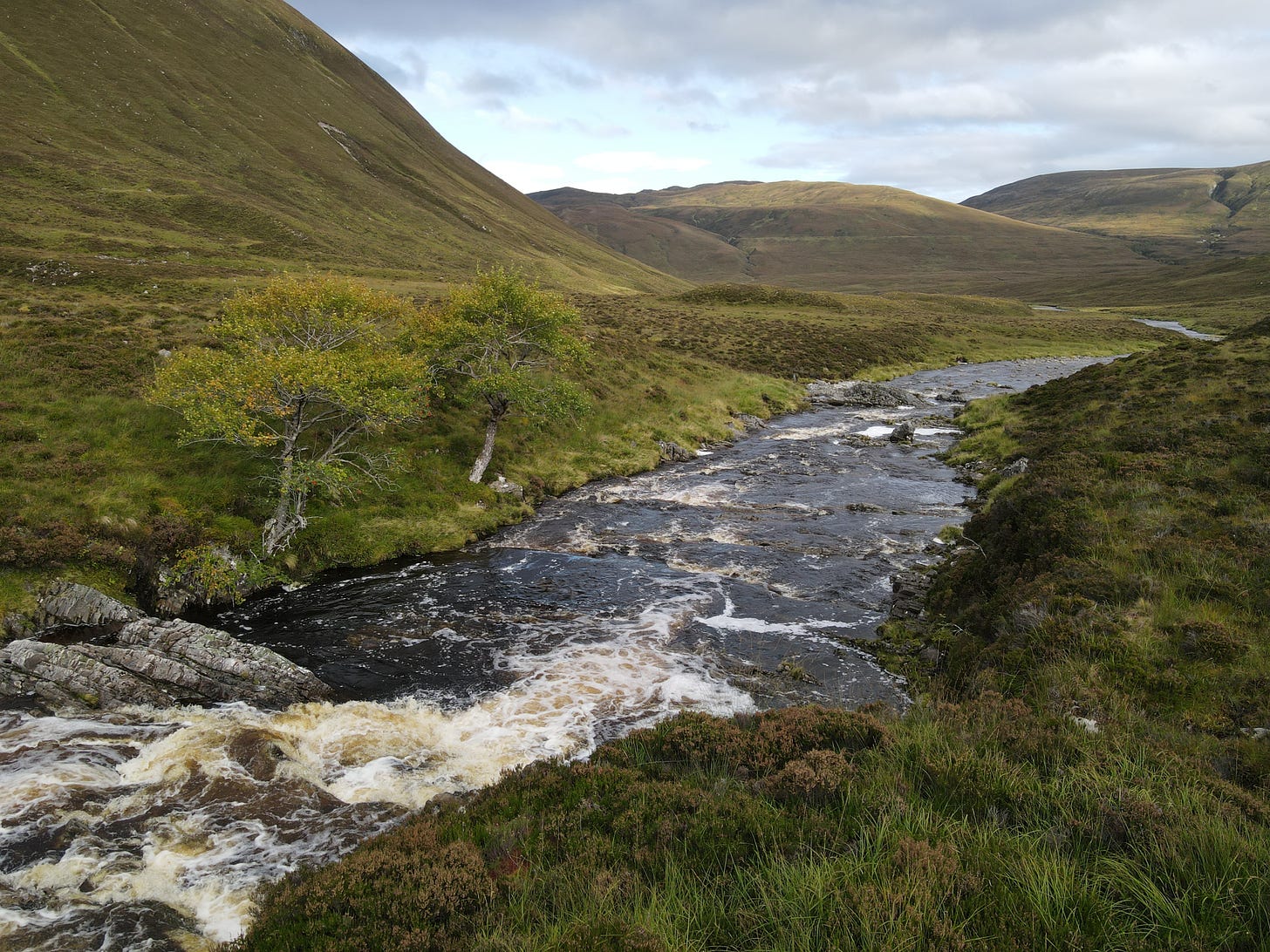
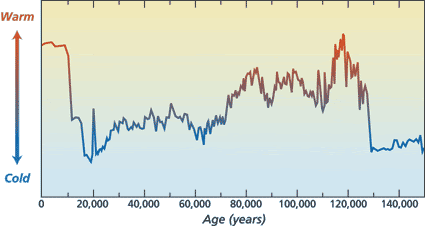
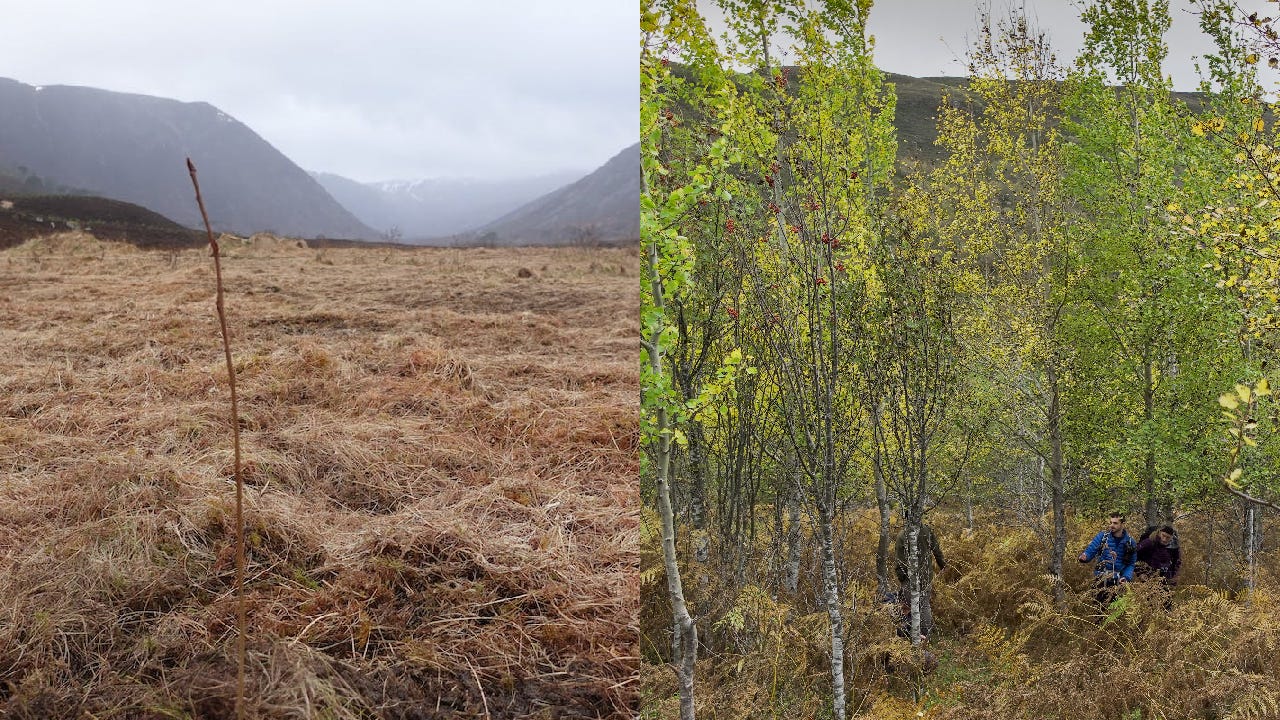
I love the idea of rewilding, and I hope more people get on board.